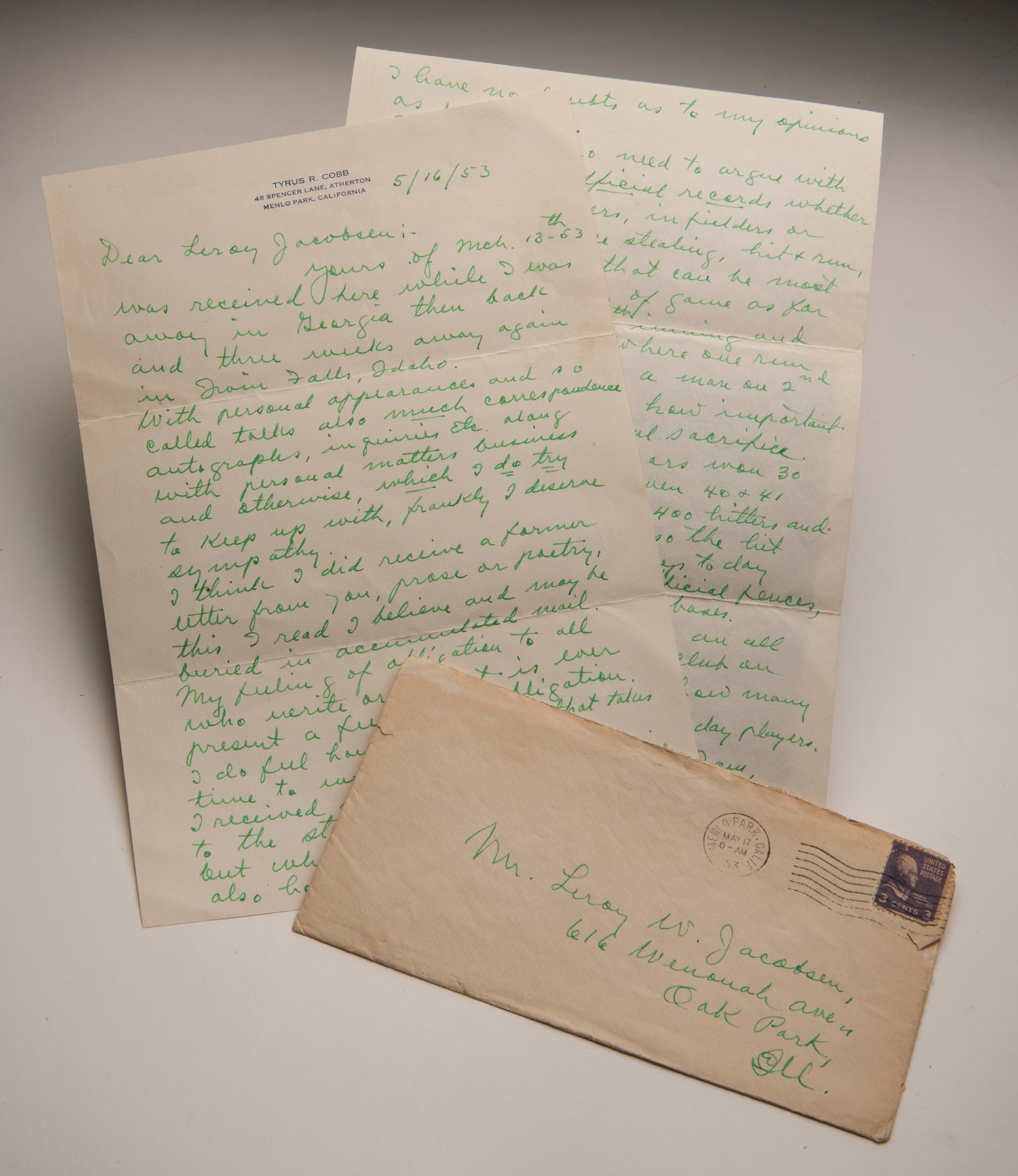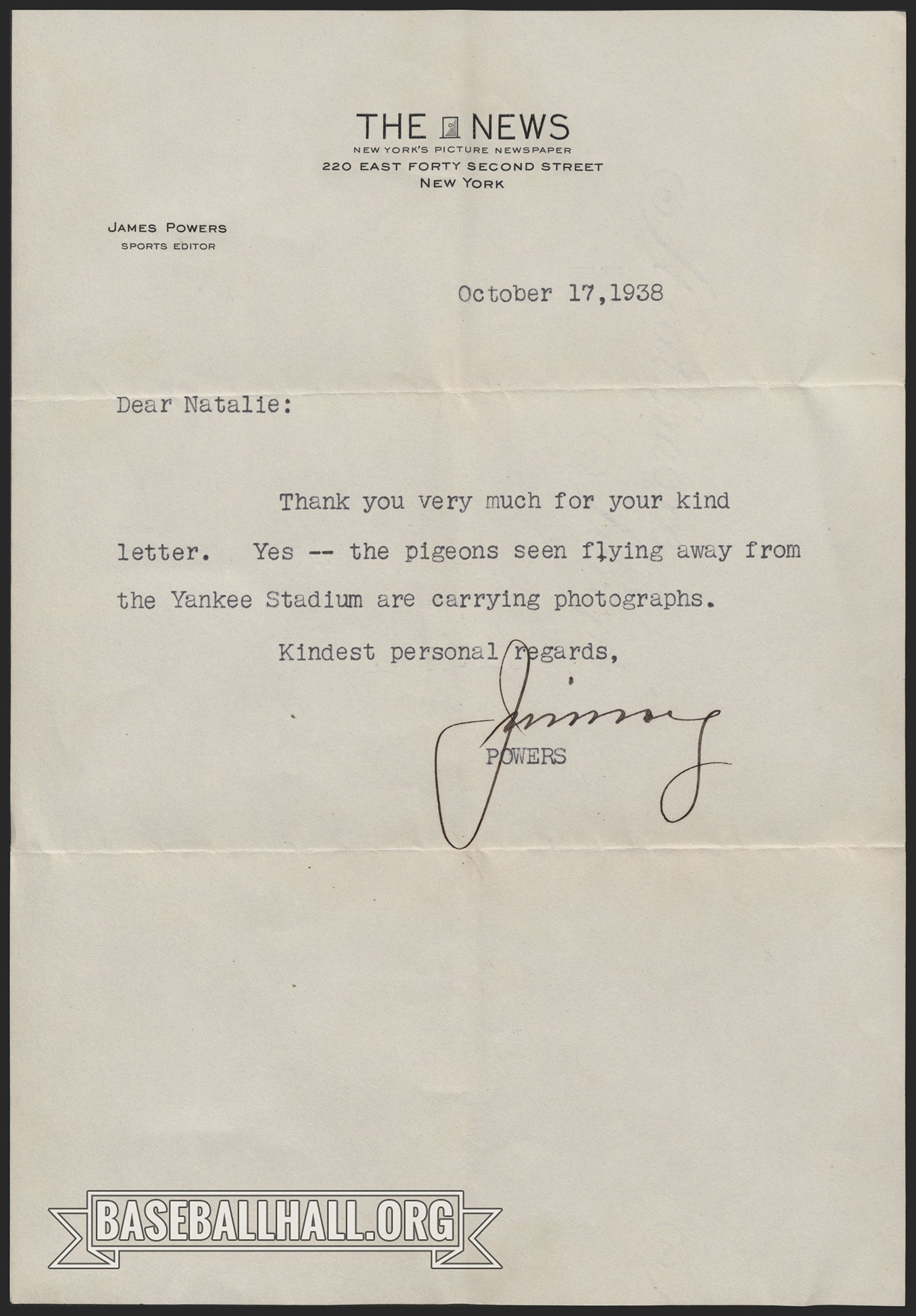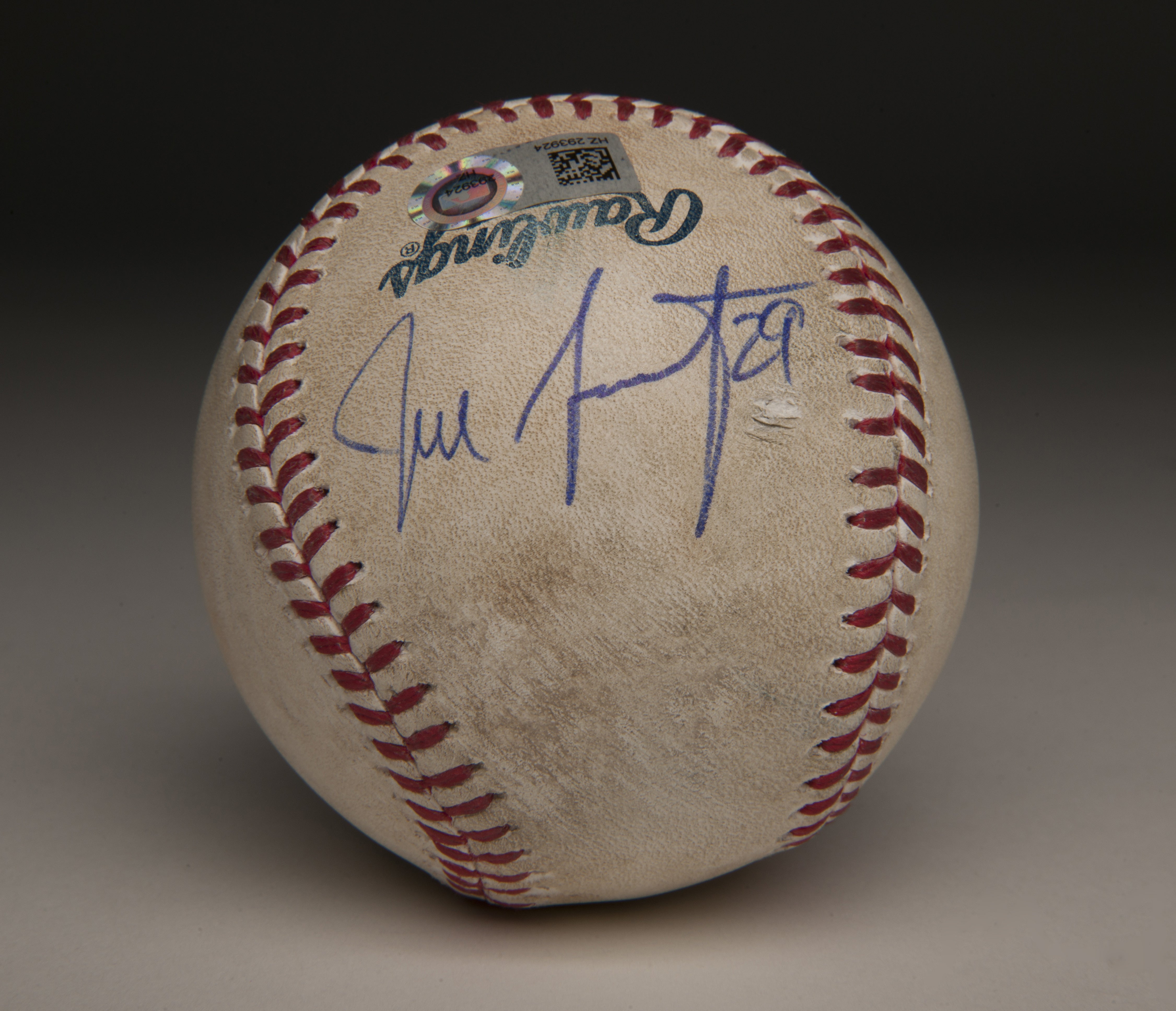- Home
- Our Stories
- #Shortstops: The Muffin Men
#Shortstops: The Muffin Men
Baseball cartoons aren’t supposed to glorify fielding errors. Right?
To fans and players today, this would be unthinkable. You play to win. Sure, it’s supposed to be fun, but it’s more than a game – it’s a big business.
Hall of Fame Membership
There is no simpler, and more essential, way to demonstrate your support than to sign on as a Museum Member.
Official Hall of Fame Apparel
Proceeds from online store purchases help support our mission to preserve baseball history. Thank you!
The structure of the game has clearly changed drastically over the years. Just take a look at this cartoon from 1867.
Part of the cartoon series “Base Ball Viewed by a Muffin,” the first pictorial book relating to baseball, this illustration depicts modern fielders’ worst nightmare: “muffing” a routine fly ball. Players today at all levels are mocked for making these kinds of mistakes, but back then such errors defined baseball games that were meant for pure entertainment.
The title, “A Collision,” immediately trivializes the act of fielding. The caption, “We Meet by Chance,” adds a playful dimension: The two fielders, apparently not communicating, happen to “meet” underneath the falling fly ball at the same time, but they don’t seem to care. Meanwhile, the scorekeeper and two players in the background (from different teams) look on, seemingly carefree – indeed, no one seems interested in using the presumptive error to advance a base.
In early days, teams included three squads – the first nine, second nine, and the “muffin” unit, listed in order of decreasing talent level.
In the early days, “muffin” matches often followed the “first nine” games and were quite popular. Players and reporters enjoyed staying after the main event to watch. The term “muffin” first emerged in a Buffalo newspaper in 1857 to refer to less talented players, and it persists today whenever commentators announce a fielder as having “muffed” a play.
Muffin matches, back in the 1860’s, occurred as the nation licked its wounds from a bitter Civil War and struggled with Reconstruction. In such turbulent times, these contests reminded players and fans alike that baseball was, at its core, just a game, meant to be played and enjoyed by all. Simultaneously, however, they shed light on just how difficult this game was: “muffins” frequently failed to complete plays that the first nine made with ease. But in the muffin matches, errors weren’t a source of frustration, but carefree laughter, just like the contest itself.
As the “muffins” continue to remind us, baseball was, and always should be, a great unifier. Everyone, no matter what level, makes errors.
Garrett Allen was a 2019 programming intern in the Hall of Fame’s Frank and Peggy Steele Internship Program for Youth Leadership Development





